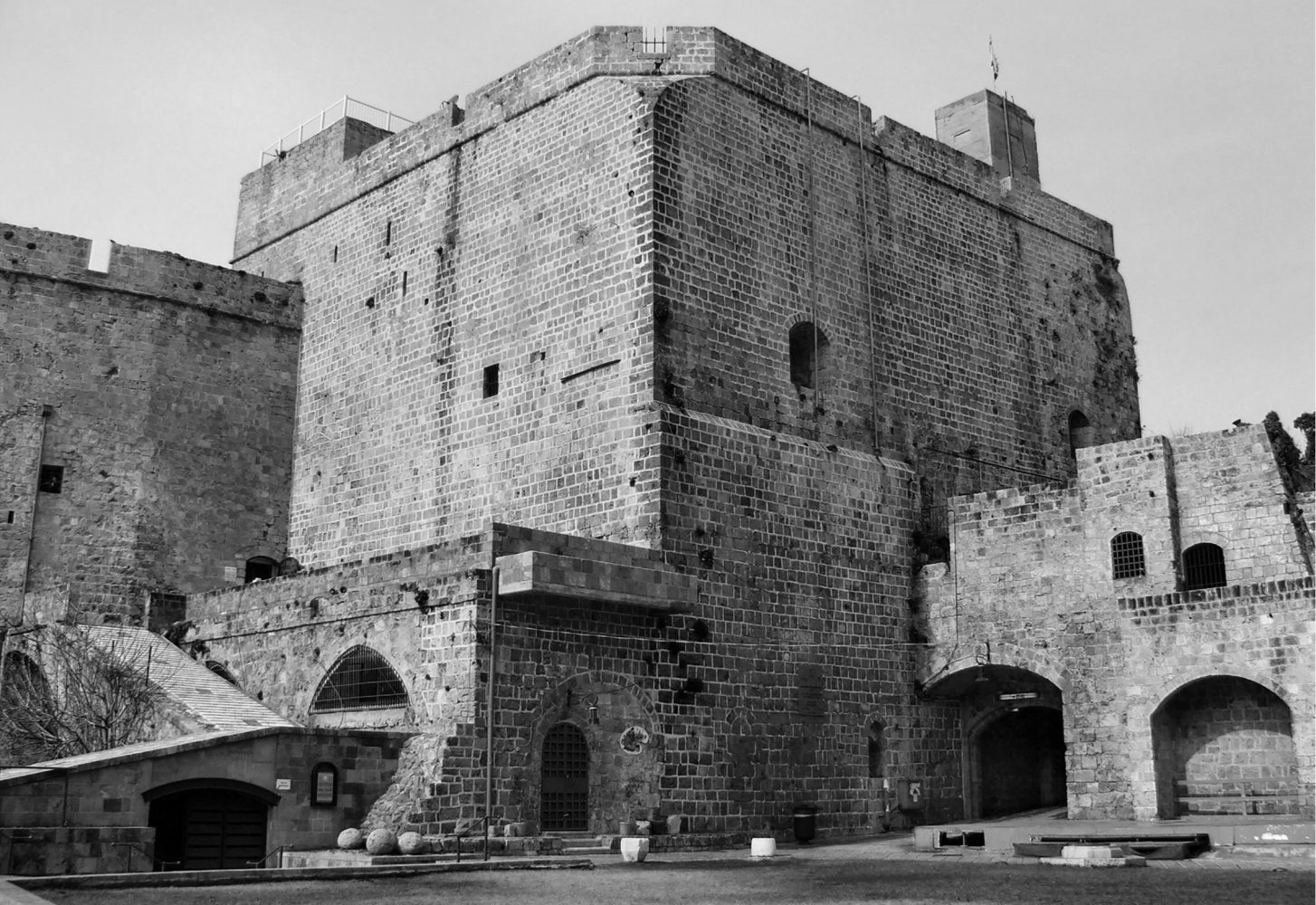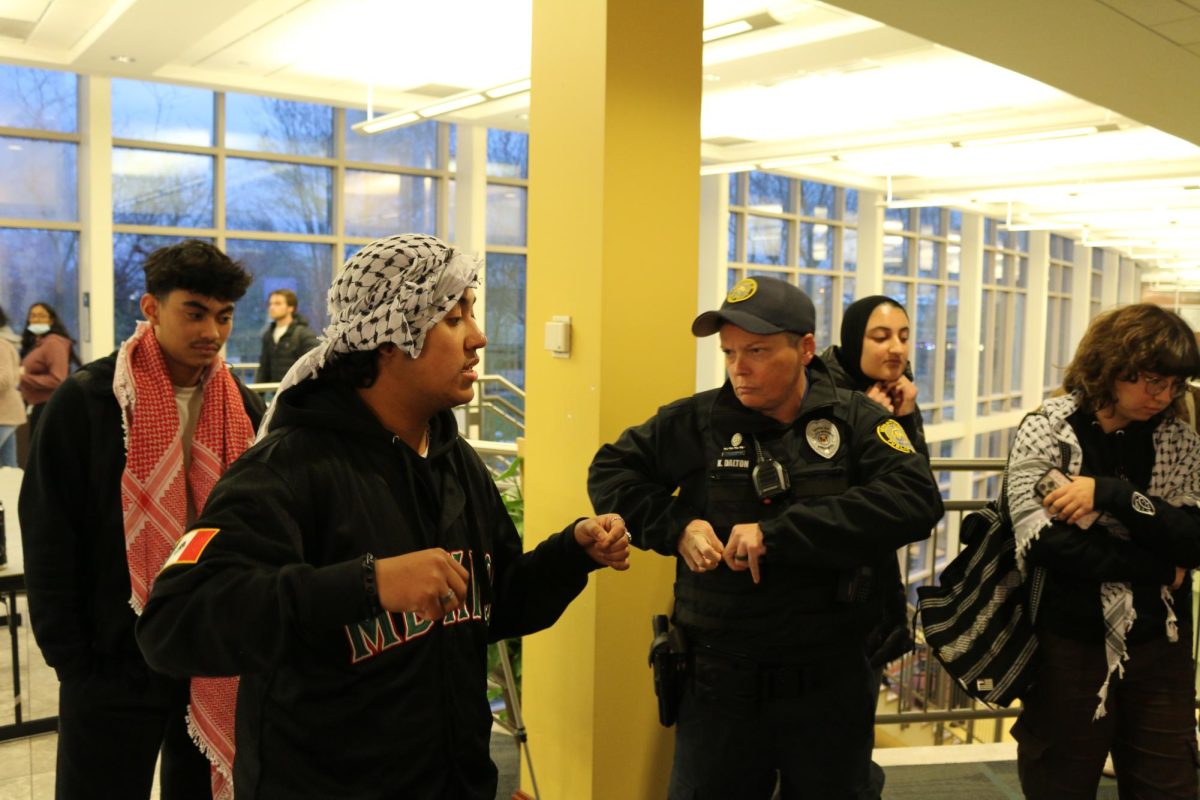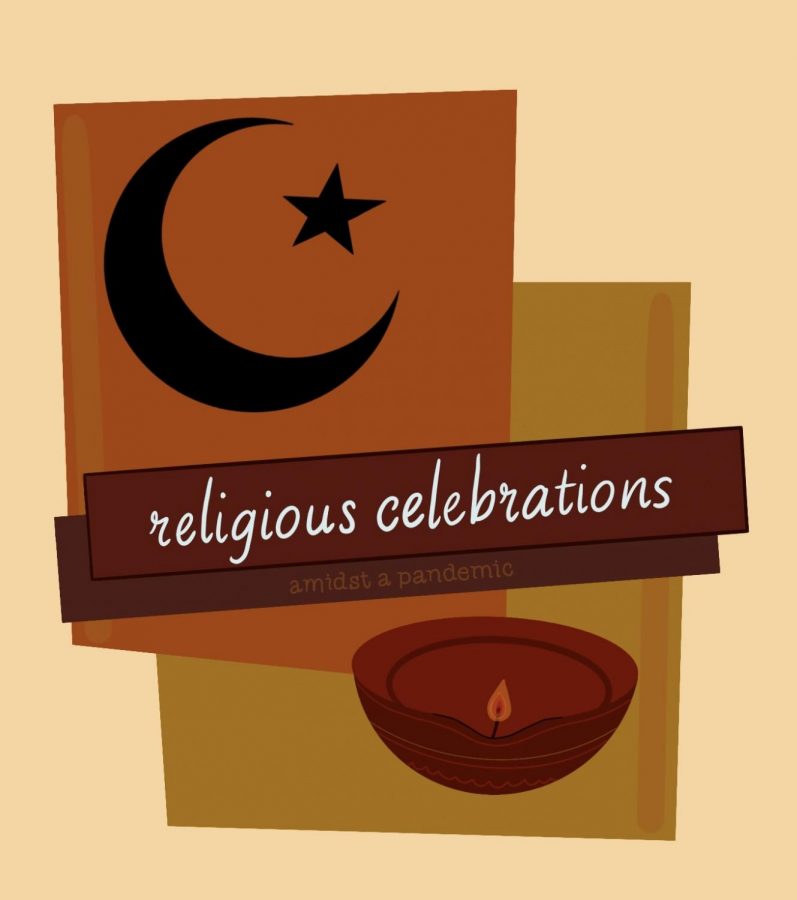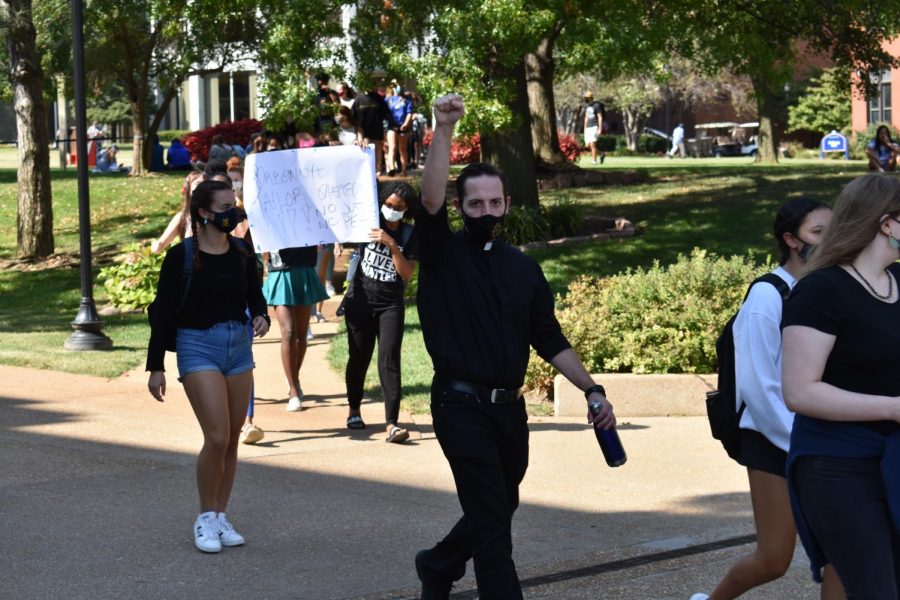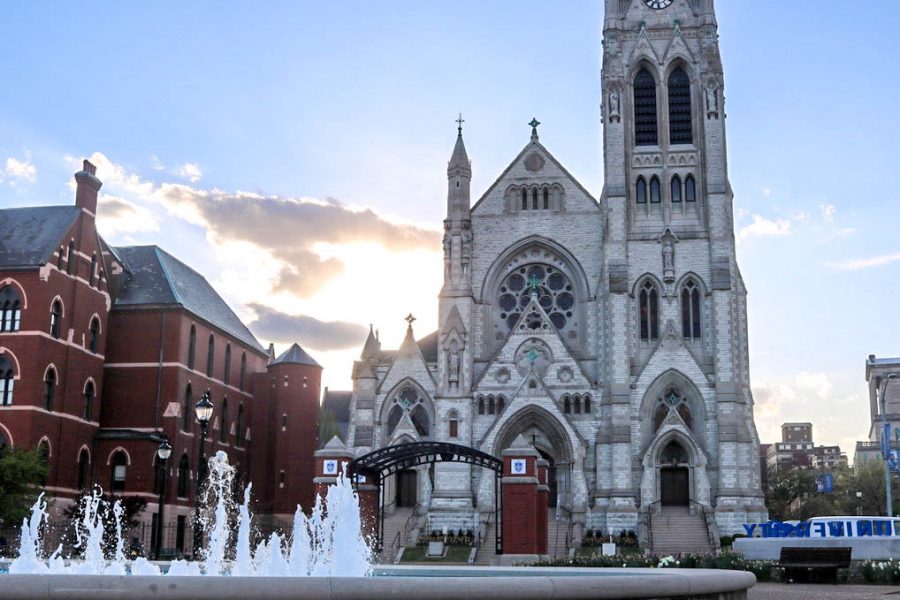Madrid professor discusses SLU’s archeological project
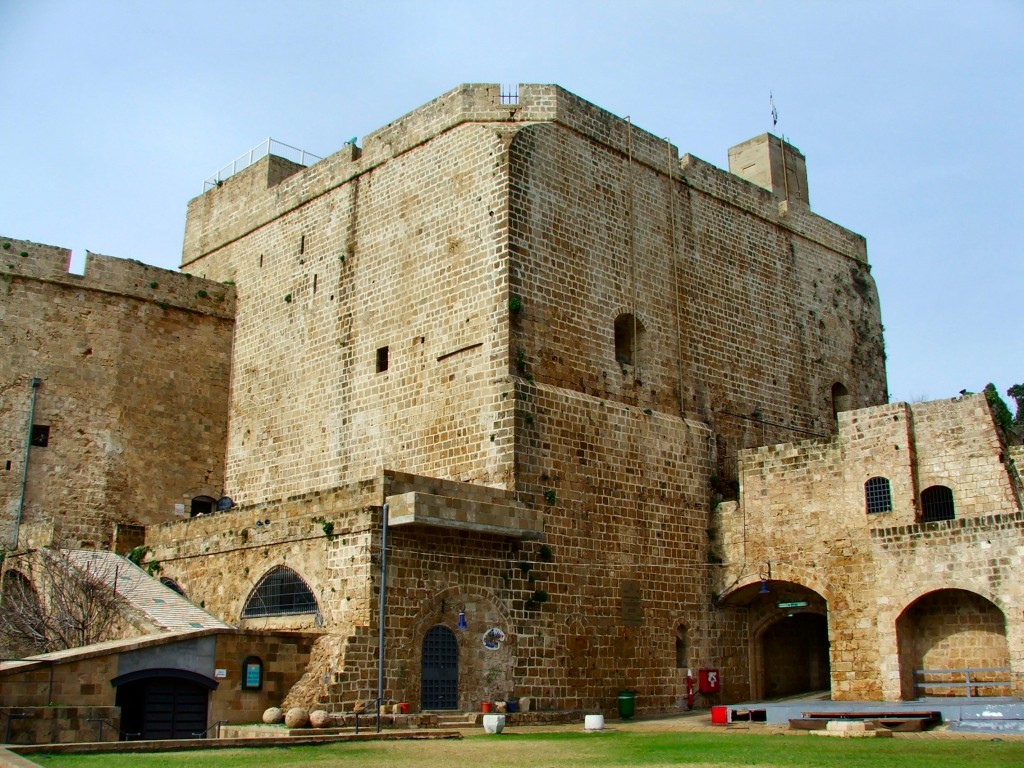
Sideview of Akko Tower, located in the historical city of Acre, Israel. The site is a A UNESCO World Heritage Site.
Carolina A. Aznar, professor of archaeology and biblical studies at SLU’s Madrid Campus, presented on The Southern Plain of Akko Project on Tuesday. The Akko Project is an archaeology site in Israel that has turned up artifacts from a variety of periods.
Organizers of the project included Aznar, Shalom Yankelevitz, a Ph.D. candidate at the Recanati Center of Maritime Studies at the University of Haifa and Michal Artzy, professor at the Recanati Center of Maritime Studies. They chose a site located in the Jezreel Valley, a very fertile area in Israel that has been important to agriculture and trade throughout history.
The archaeology site is situated in a natural depression. The team suspected that the location might contain a town gate. They divided the site into eight, 4-by-4 meter squares. The goal of the project was to collect artifacts from the late Bronze Age (ca. 1500-1200 BCE) and Iron Age (ca. 1200-586 BCE).
“We wanted to know coastal inland relations during these periods,” Aznar said. “This location always made the southern plain of Akko an important area for exchanges, particularly for exchanges between inland and maritime peoples.”
The types of artifacts they expected to find would be from the Israelites and the Phoenicians. The Israelites, of the Hebrew Bible and Christian Old Testament, lived in parts of the Jezreel Valley during the late Bronze Age until about the end of the Iron Age. According to Aznar, the Phoenicians lived in what is now Lebanon, but they thought of themselves as Caananites. They were elite manufacturers, so their artifacts are of greater complexity.
The excavation, which is still ongoing, has uncovered a variety of buried items. There were several pots and jars, even a goblet. The styles of the goblets seem to be from both the Israelites and the Phoenicians, which might, according to Aznar, indicate intermarriage, but it’s hard to be sure.
“There’s this big debate, pots and peoples,” she said. “Can you really identify people by their pots?”
The research team had hoped to find a gate from the Israelites or Phoenicians, but instead they found an Ottoman Period wall. That wall appeared to be re-using another wall below it, one that was over 2,500 years old.
Researchers also found parts of a small Ottoman house that had fallen over, presumably in a 1929 earthquake that affected the area. In addition to the Ottoman items, the team recovered pieces from the Crusaders.
“When you’re an archaeologist, you find things everywhere,” said Aznar.
The opportunity to join this group of archaeologists is available to SLU students through the Madrid campus. This research trip is offered as one of two classes, Sociology 293 and Theology 293. Students spend the days working at the site and assisting the research team. Lectures are in the evenings and historical visits are on the weekends. Students have the opportunity to visit the sites of many important events in the history of Judaism, Christianity and Islam.
The 2013 class will take place from June 27-Aug. 2. There are extra costs associated with the class. No prior experience is required.


